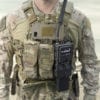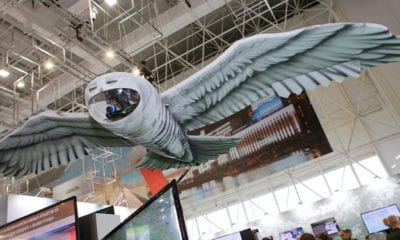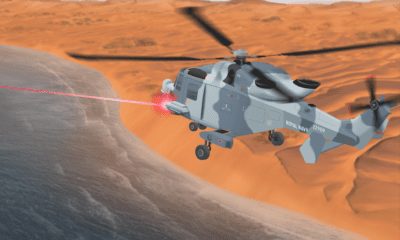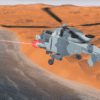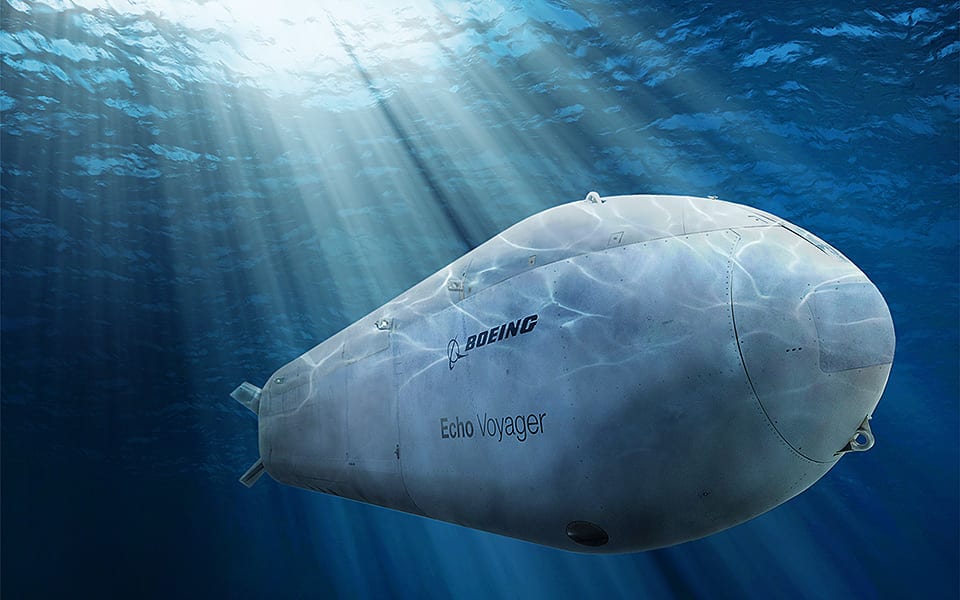
Defense
Boeing Wins Navy Contract for Extra-Large Drone Subs
According to the latest on defence tech news Boeing has bagged a U.S. Navy contract for four Extra-Large Unmanned Underwater Vehicles (XLUUVs).
The unmanned submarines or giant drone subs are called ‘Orcas’ and are capable of undertaking a variety of missions from scouting to sinking ships at very long ranges. According to Lance Towers Director Sea & Land, Boeing Phantom Works …“Drone ships like the Orca equipped with Echo Voyager technology will be a game changing approach to how autonomous systems will be used in the future.” The contract stipulates that Boeing will receive $43 million for “fabrication, test, and delivery of four Orca Extra Large Unmanned Undersea Vehicles (XLUUVs) and associated support elements.”

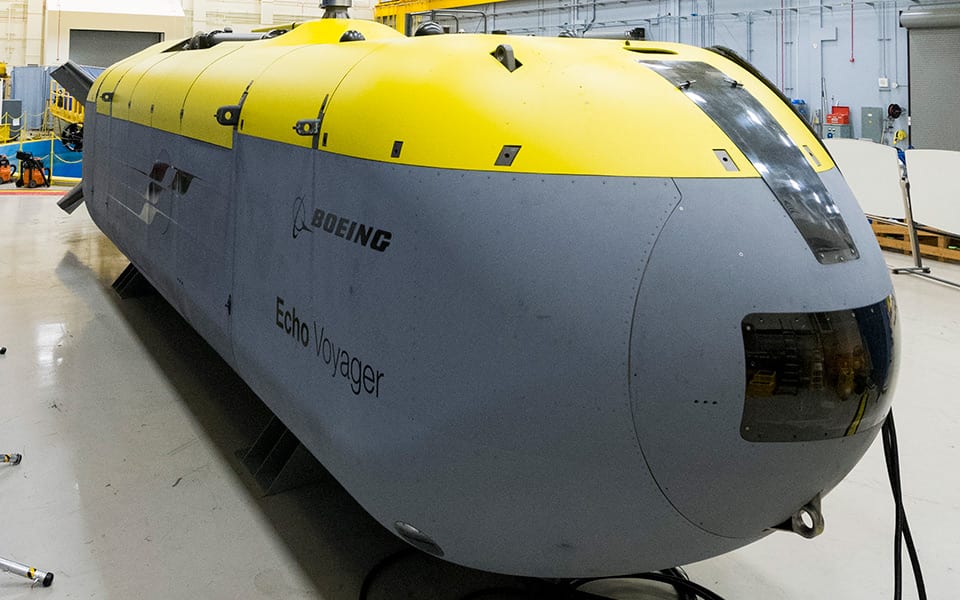
The Orca based on the Echo Voyager technology boasts of features like:
- A pier launch-recovery based unmanned diesel electric submarine. Range of 6,500 nautical miles and can run completely alone for months at a time. Dimensions: 51X 8.5 X 8.5 feet and weigh 50 tons.
- An inertial navigation system, depth sensors and capability to surface for GPS positioning. It uses satellite communications to “phone home” and report information or receive new orders. Echo Voyager can dive to a maximum depth of 11,000 feet and has a top speed of eight knots.
- The Echo Voyager’s modular payload system allows it to take on different payloads to support different missions. It has an internal cargo volume of 2,000 cubic feet with a maximum length of 34 feet and a capacity of eight tons. It can also support external payloads hanging off the hull.
- Attack capability: Orca could pack a 46 lightweight torpedo to take a shot at an enemy sub itself. It could also carry heavier Mk. 48 heavyweight torpedoes to attack surface ships, or even conceivably anti-ship missiles. Orca could drop off cargos on the seabed, detect, or even lay mines. The modular hardware payload system and open architecture software ensures Orca could be rapidly configured based on need.
As per the U.S. Naval Institute the Orca will be capable of, “mine countermeasures, anti-submarine warfare, anti-surface warfare, and electronic warfare and strike missions.” Orca could carry sonar payloads, sniffing out enemy submarines and then sending location data to friendly helicopters and surface ships.
Additionally unmanned submersibles are more or less disposable and can operate in dangerous waters without risking human lives. Orca could also pretend to be a full-size submarine; waiting for enemy submarines to take a shot while a real Virginia-class nuclear-powered attack submarine sits back, waiting to ambush.
The closest existing equivalent of the Orca is the Navy’s Littoral Combat Ship, which costs $584 million each and has a crew of 40 is faster, and carries a larger payload; in comparison the Orca is autonomous-and cheaper by orders of magnitude. For missions such as anti-submarine warfare, dozens of cheaper Orcas could saturate an area better than a single surface ship or perhaps even a manned submarine. A single shore-based crew could control several Orcas, allowing the autonomous subs to operate independently for days or even weeks at a time before issuing fresh orders.




